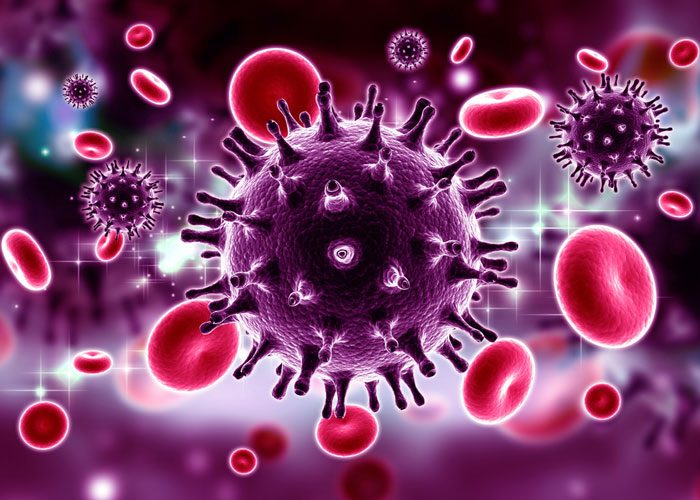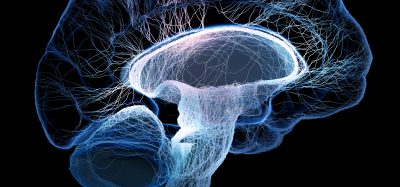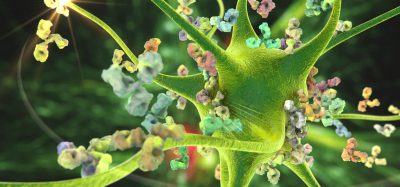Majority of HIV persistence during ART due to infected cell proliferation
Posted: 20 November 2018 | Drug Target Review | No comments yet
Study confirms biological mechanism responsible for latent HIV reservoirs; suggests strategies for a functional HIV cure…


A majority of the HIV-infected cells that persist in HIV-infected individuals even during suppressive antiretroviral therapy (ART) originated from cellular proliferation, not viral replication.
Reducing the population size of this “reservoir” of infected cells represents the largest challenge for the cure of HIV. Based on these results, study authors believe reducing cellular proliferation could help to deplete the reservoir and potentially lead to a functional cure.
Led by Drs. Dan Reeves and Josh Schiffer in the Vaccine and Infectious Diseases Division at Fred Hutchinson Cancer Research Center, the research team combined mathematical models and immunological insight to understand how the genetic signature of HIV-infected cells could explain their origin.
“Our approach was inspired by ecology,” said Dr Reeves, the study’s first author and research associate in the Vaccine and Infectious Disease Division at Fred Hutch. “We adapted tools to characterise the reservoir of HIV-infected cells more realistically, inferring the mechanism of generation from the proportions of unique and identical genetic signatures.”
When HIV infects a healthy cell, it inserts its own DNA into the human chromosome, leaving behind a unique genetic signature. If the virus replicating itself were the cause of latent HIV reservoirs, the study authors suggest, this genetic signature would contain unique integration sites and different mutations in the DNA of infected cells.
In fact, they found a majority of genetic signatures were identical, indicating that persistence within HIV reservoirs is the product of normal CD4+ T-cell mitosis. Both to maintain a stable population of cells and in response to foreign antigens, CD4+ T cells routinely undergo proliferation every few months. HIV DNA is copied into daughter cells along with human DNA each time this normal process occurs.
ART has been an effective tool in helping HIV-positive individuals live healthy lives since the late 1990s. HIV researchers have since been working to understand why reservoirs of HIV-infected immune cells remain at low levels during ART treatment, and how to identify and purge infected cells. The study authors believe that reducing the proliferation of specific immune cells, CD4+ T cells, could greatly deplete HIV reservoirs and potentially lead to a functional HIV cure. Possible approaches for depleting the infected cells might be gene editing, cellular immunotherapy or latency-reversing agents.
Dr Schiffer, senior author of the study and Associate Member in the Vaccine and Infectious Disease Division at Fred Hutch commented, “We see parallels in achieving functional cures in both HIV and cancer; for example, the difficulties of remission and relapse, and how combination therapies could be successful in bringing either disease to undetectable levels in the body.”
Dr Schiffer and colleagues are conducting a clinical trial to test whether the lymphocyte anti-proliferative drug mycophenolate mofetil (MMF) could be effective at stopping the proliferation of HIV-infected immune cells in people undergoing ART. MMF is already licensed for use in preventing graft-vs.-host disease following stem cell transplant and reducing the risk of rejection after organ transplant. Schiffer refers to this approach of adjusting the rate of division as a “compound interest cure,” which, if successful, could significantly deplete or eliminate latent HIV reservoirs.
The new research has been published in Nature Communications.
Related topics
Antiretroviral Therapies, Disease Research, Drug Targets, Immunology, Vaccine
Related people
Dan Reeves, Josh Schiffer








